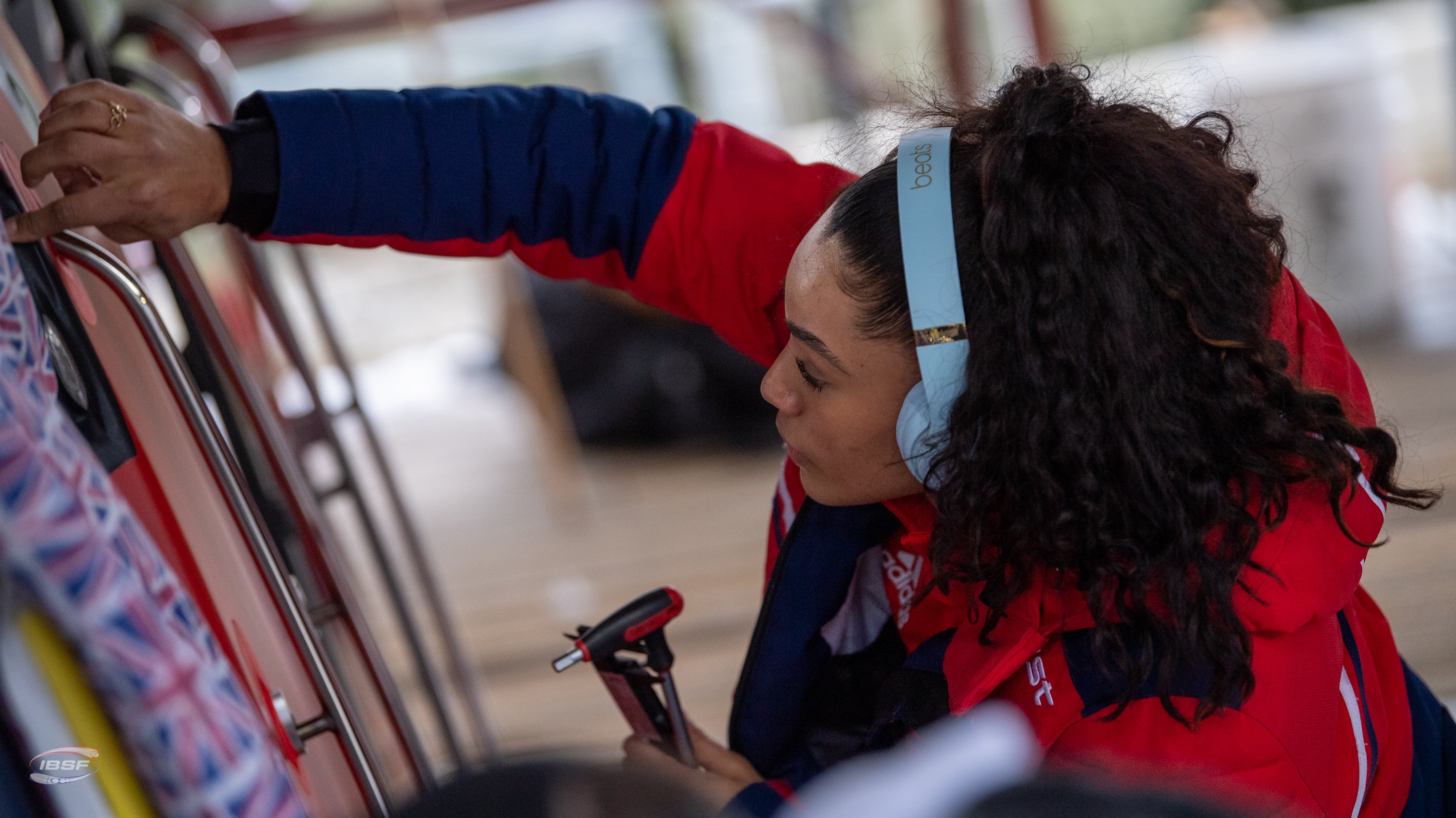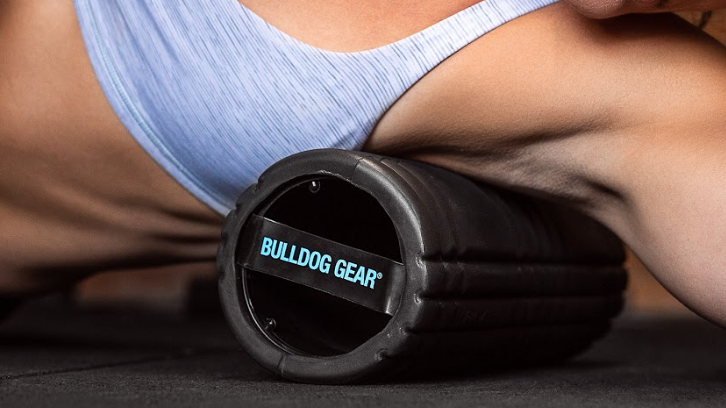|
19/10/2021 | Andrew Tracey Andrew Tracey is a long time collaborator with Bulldog Gear. A coach, writer and current fitness editor of Men’s Health Magazine, he has been in and around the fitness industry for the past 16 years. Having enjoyed and endured a number of disciplines from endurance racing, to strongman, to Crossfit AT enjoys getting neck deep in the practice just as much as the theory. |
Whether you’re a full time work-from-home hero, a daily commuter or trying to juggle family life with your side hustle, some days it can seem like you just don’t have the steam to make it through to clock off.
But low energy levels needn’t be a life sentence. Here are 5 things you can do for sustained focus, increased attention and all day energy.
Sleep Tight
A truly energised day starts the night before. It’s estimated that sleeping fewer than six hours per night cost workers around six workdays a year in lost productivity. But, even if you’ve got the quantity nailed, improving the quality of your sleep can go along way towards optimising your daytime energy.
The quickest changes you can make to influence the quality of your sleep for the better are the lighting and temperature of your room.
Studies show a room temperature of 18.3 degrees is the sweet spot for an optimal nights kip, but most doctors agree that keeping the thermostat between 16 to 19 degrees celsius is enough to ensure a comfortable sleep.
Ideally you’ll sleep in complete darkness; switching off any devices that emit light and hanging blackout curtains is optimal, but a specially designed sleep eye mask can help in a pinch, and is ideal for travelling when you can’t guarantee a light free environment.
Lastly, ensuring you’re breathing through your nose can have a huge impact on the quality of your sleep, studies have shown that mouth breathing through the night can lead to high blood pressure, heart problems, and sleep apnea, and can also worsen asthma and cause cognitive dysfunction.
If you wake up with an open, dry mouth you may be excessively mouth breathing throughout the night. Focus on falling to sleep with a closed mouth, breathing deeply, but lightly through your nose.
It can be a difficult skill to master, but specialist ‘tape’ is available to encourage you to keep your mouth closed throughout the night.
Put Your Coffee On Hold
I know, I know- heresy!
If you’re struggling with low energy, there’s every likelihood that your first port of call every morning is to look for the solution at the bottom of a coffee cup. But this could actually be setting you back further than you realise.
Necking your first cup of joe immediately upon waking can interfere with your body’s natural production of the hormone cortisol. Although viewed primarily as a ‘stress hormone’, cortisol is also responsible for increasing your alertness; by doubling down on this with a huge jolt of caffeine we’re not only working against cortisol’s alertness effect, we’re also blunting the effect of the caffeine, and worse still increasing our tolerance to it, meaning we’ll need ever increasing doses in the long run to harness the same sweet, sweet buzz.
To get the most bang for your buck from your barista, wait between 1-2 hours after waking before your first cup.
A Hearty Breakfast
When you think of a good, hearty meal to start the day, your mind may start conjuring up images of pancake stacks, bowls of oats or more likely than not, a crunchy bowl of sweet cereal. Whilst there’s nothing inherently wrong with any of the above, kicking off proceedings with a high carb breakfast may strap you in to a blood sugar roller coaster that you’re forced to ride for the rest of the day.
A higher carb breakfast may give you the instant energy hit you’re craving, but in response to the huge sugar influx, your body signals your pancreas to start pumping out insulin to put the sugar to use, after which your blood sugar will quickly plummet, often leaving you lethargic, with little focus and hungry again.
A breakfast that’s high in proteins and fats can help you to break the cycle of riding the energy rollercoaster, not only keeping you fuller for longer, but giving you a steady stream of energy, keeping your blood sugar balanced and helping with mental clarity and focus.
Eggs, meats, fish, nuts and avocados are all great options for a morning feast that will keep you energised until lunchtime.
Work(out) Through Your Lunch
The benefits of a quick midday exercise hit go far beyond avoiding the evening gym rush. Exercise has been proven time and again to increase your mood, making you better equipped to optimistically handle the afternoon’s task. Not only will notice an uptick in mood from the feel good hormones released during an afternoon sweat, but your energy and acuity levels will skyrocket; boosting your productivity levels, swerving the dreaded mid afternoon crash and allowing you to get more done in the post exercise afterglow.
A lunchtime workout doesn’t have to be a full-on throw down, you can keep it simple with a brisk 15 minute walk, or a few sets of kettlebell swings with some strategically stashed kit.
Check out our article on lunchtime workouts for more inspiration.
Pomodoro Technique
As the saying goes- energy goes where attention flows. Trying to maintain high energy levels with a wandering attention span is like trying to fill a sieve with water.
The low hanging fruit of increasing your energy levels is simply to focus the energy you do have in the right direction, with strategic bursts of work, followed by short bouts of rest.
Think of it as interval training for productivity.
The ‘Pomodoro Technique’ is a time management system that formalises and optimises this principle.
The concept is simple, set a timer for 25 minutes and remove all distractions, until the bell rings focus single-mindedly on nothing but the task at hand.
At the 25 minute mark, even if you’re mid sentence, get up and take a 5 minute break; go for a quick walk, spread your legs, stare out of a window at something in the middle distance to refresh your eyes, grab a drink. Once the 5 minute marks hits, repeat the process with another 25 minute work/ 5 minute rest ‘block’.
After 4-5 Pomodoro ‘rounds’, take a longer break of 20 minutes to an hour.
This technique of small manageable ‘chunks’ of work can not only help you stay on task, but can help massively to avoid feelings of overwhelm related to larger, seemingly never ending tasks.
By focusing on one task or project at a time, we can focus our full efforts in one direction, avoiding the fatigue of feeling spread across multiple tasks, leaving you feeling energised throughout the day.



